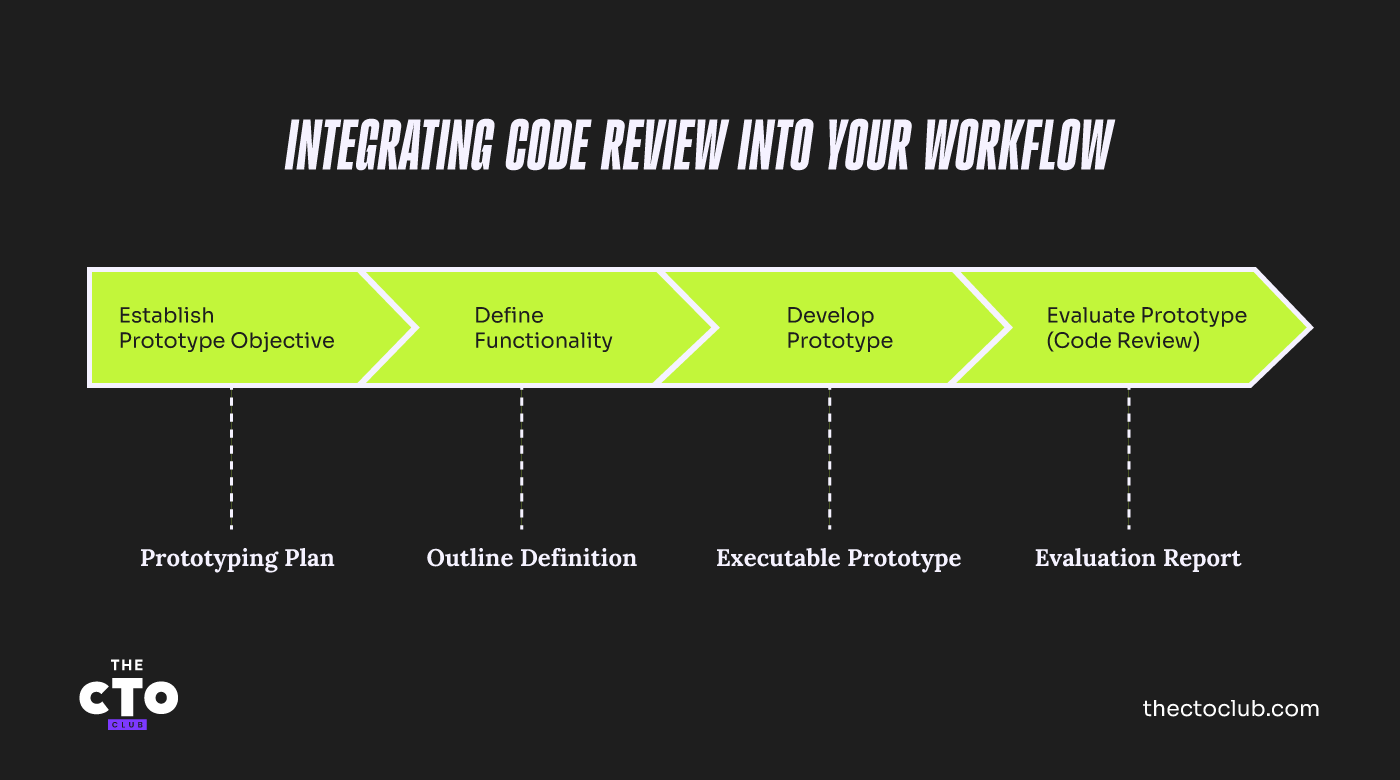You want your teams to be agile, self-organizing, and efficient — especially when it comes to streamlining software development for remote employees. So what’s the best way to get everyone working together and keep every team member in the loop? Code review.
What is a code review? Also known as peer code review, this process will ensure everyone learns the code base, improves code readability, cuts down on review time, checks the code for errors, and helps your team learn about new techniques and technologies to grow their skills.
If you’re ready to learn more about the code review process in software development and how it can benefit your team, read on now for all the details.
The Code Review Process
- Do any obvious logic errors exist in the code?
- Are all the cases fully implemented as set forth by the requirements?
- Are the automated tests good enough to test the code?
- Do you need to rewrite any of the tests to better test this code?
- Are all style guidelines being met with this new code?
Integrating Code Review Into Your Workflow
Did you know that without code review as part of your process, you might be spending as much as 80% of your time on the front end trying to fix issues caused by undocumented requirements and metrics, data anomalies, unexpected user activity, hardware incompatibilities, and installation problems?
If a code review is not part of your existing process, it’s time to integrate it into the testing stages right away — no matter your workflow style. Your time might be using task-branching workflows, for example. If this is the case, initiate the source code review once all code is complete and your automated tests have been run and passed. Now it’s time to merge the code upstream to allow code reviewers to check for things the automated tests may have missed. By integrating code review in this way, you minimize poor coding decisions and prevent main line development pollution.
So how can you integrate code review into your workflow? This will all depend on your process. Check out some of the most common workflows and where we would recommend adding in code review.
- Waterfall Workflow:
This software development life cycle is typically used by large organizations or agencies that necessitate intensive documentation on every requirement and scope pre-project development. It’s a rigid approach with little capability for big changes.
Planning > Requirements > System & Software Design > Implementation > Testing > Code Review > Deployment > Maintenance & Updates
- Prototyping Development Model:
If you’re not sure what users may or may not like, this software development process provides you an opportunity to assess the risk before putting anything out on the market. Prototypes may be discarded or upgraded after testing.

From agile software development to iterative and incremental development models, code review should be part of the testing phase in every workflow.
Benefits of Peer Code Review
While every type of team can benefit from code review, it’s truly a game-changer for agile teams because of the decentralization inherent in this workflow. With code review systems in place, your team can share knowledge across the entire team to make better estimates, mentor new engineers, enable time off, and share the load.
Better Estimates
Since estimation is essentially a team exercise, you get better results when product knowledge is shared among the entire development team. Whenever there are new features integrated into the existing code, the original developer is just one person who can provide good feedback. Anyone who has participated in code review will also have insight into the known issues, complexity, and areas of concern in the code base. You’ll have multiple informed inputs that make your final estimate more reliable.
Experienced Developers Can Mentor New Ones
You might think that code review is only for senior developers providing oversight for junior developers. But that’s not true! One aspect of an agile or decentralized team of programmers is that seasoned and new team members often work together. When everyone can be part of code review, you save time and facilitate conversations about the code and newer members have the opportunity to provide a fresh perspective.
Enable Time Off
When you only have one programmer who has all knowledge pertaining to the code, they’re the sole point of contact for the given project. If this person is offline or on vacation, who will the rest of your team go to if there’s an issue? With code review, multiple people should have the knowledge to take the reins and steer the project — no matter who is in or out of office!
Common Approaches To Code Review
There are several ways you can approach code review, including email thread, pair programming, and over-the-shoulder coding styles. Decide which process is best for your team when you check out these overviews.
Email Thread
Once the code author is done with a piece of code, you can send the file around to several team members via email so they can review it independently as soon as their workflow permits. Flexible and adaptive, the email thread code review style can be a bit easier than gathering everyone for a single code review meeting.
Pair Programming
With this approach to software writing, you have developers working side by side on the same code — peer reviewing each other’s code as they work. This process actually integrates code changes and reviews directly into the existing process. However, pair programming may be more time-consuming and intensive than other methods.
Over-the-Shoulder
As the oldest and easiest process, over-the-shoulder review is an intuitive way to complete better code reviews. When you’re done writing your code, all you need to do is ask any colleague to visit your workstation and review your code as you explain your process to them in real-time. This style is very informal and often doesn’t have any documentation to go along with the review.
Code Review Tools
Leverage code review tools to source peer reviews or use digital automations for quality control checks. You can use this in tandem with more traditional, manual code review methods.
Streamline Your Code Review Process
Nobody is infallible. And since code is written by people, there are bound to be mistakes. Mitigate errors and ensure quality assurance with a code review process that works for your team. You’ll ensure earlier feedback and raise your code standards throughout the development lifecycle.
Ready to learn about other processes that will improve your team’s collaboration and the quality of your product? Become a subscriber for regular advice and support!
Need expert help selecting the right Testing Software?
We’ve joined up with Crozdesk.com to give all our readers (yes, you!) access to Crozdesk’s software advisors. Just use the form below to share your needs, and they will contact you at no cost or commitment. You will then be matched and connected to a shortlist of vendors that best fit your company, and you can access exclusive software discounts!




